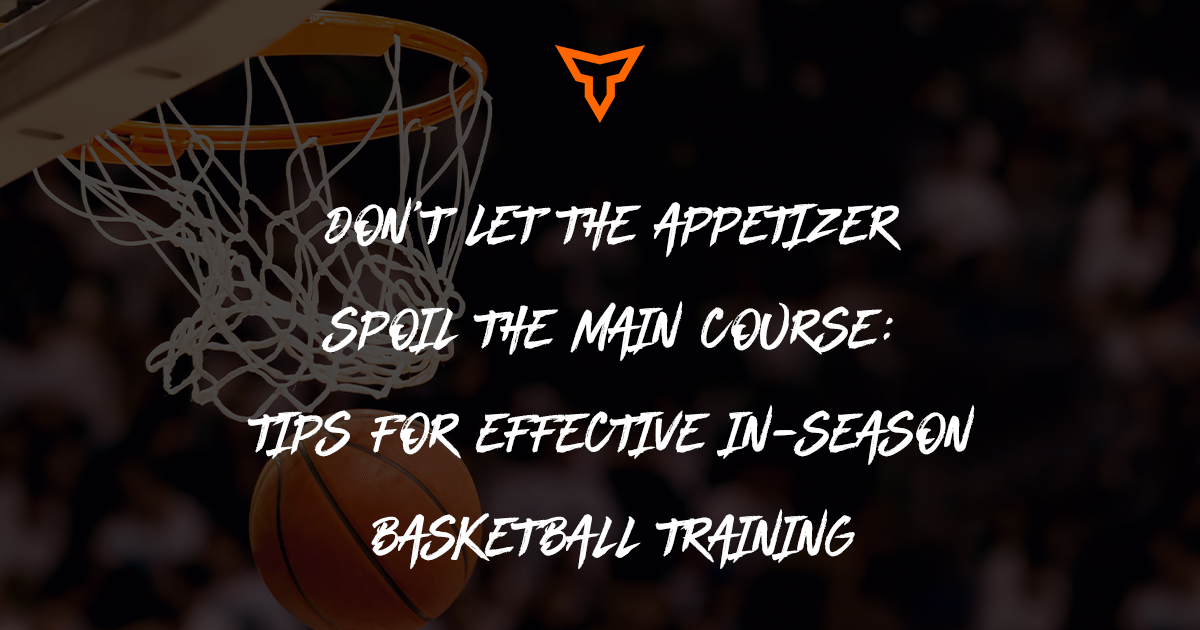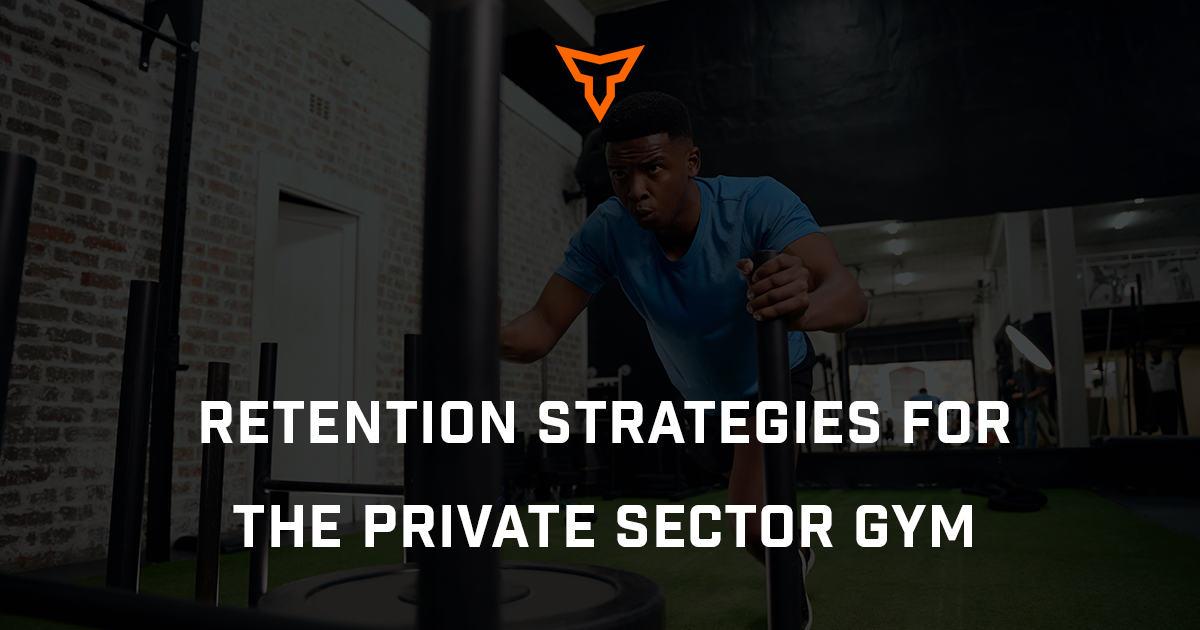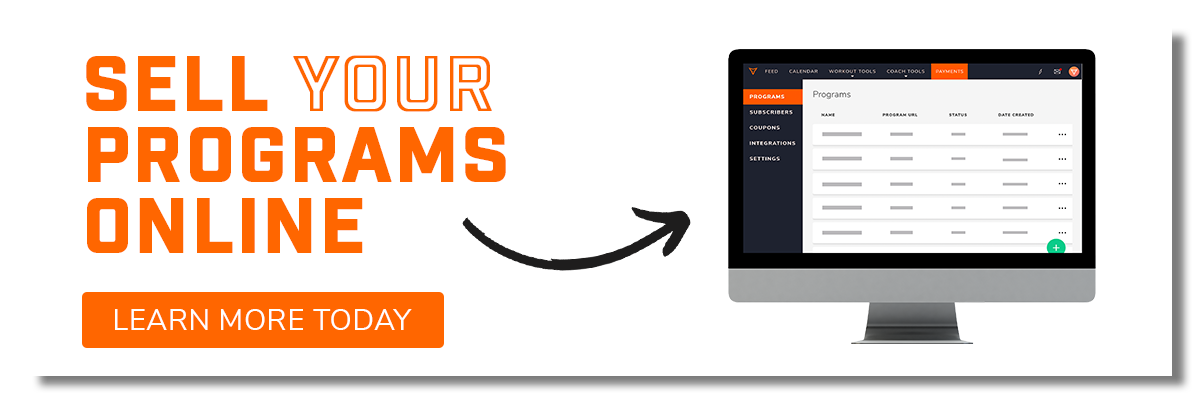5 Ways to Adapt Sport Performance Principles to Gen-Pop Training
After 9 years as a Division 1 collegiate strength and conditioning coach, I decided to make the jump to the private sector and operate my own business as a personal trainer. Since making the transition, I had many college strength and conditioning coaches reach out and ask how I am adjusting to training general population clients, rather than training college athletes. My answer:
“Great training is great training.”
Many of the methods I use to coach my general population clients are the same methods I learned and used while training my college athletes. While my gen-pop clients are not athletes, I believe that planning for adaptations, quantifying progress, structuring training sessions to consolidate stressors, manipulating tempo, and having regressions/progressions will make the training more effective and have the client more likely to reach their goals. This article will highlight some of the sports performance principles I am currently using to train my gen-pop clients.
1. Plan for Adaptations
As college strength and conditioning coaches, we are masters of designing and showing off our annual plans. It’s a well-thought-out scientific experiment that has our athletes training specific qualities at designated times during the year to allow them to peak at their absolute best performance towards the end of a season. In my opinion, training for general population clients should be no different.
Our job as trainers should be to get our clients the best results possible and this occurs by planning the training sessions to focus on developing adaptations.
The biggest mistake I see with the average personal trainer is that he or she provides an intense workout with no rhyme or reason. The client returns 1-2 days later and then does something completely different that again has no rhyme or reason. The client often is discouraged because he or she is putting 100% intensity and focus into their “workouts” but is not seeing any result. How can you get the client off the never-ending hamster wheel and start seeing results?
The first step is to provide meaningful training plans, rather than provide “workouts”. The difference between training and working out is that training is a deliberately crafted fitness plan aimed at delivering specific results whereas “working out” is typically a randomized approach to fitness without any approach to targeting a specific goal. With working out, you show up at the gym, decide what to do when you arrive, and often go through the motion of checking boxes to burn calories. While this option may work for some people if your goal is weight loss, it certainly isn’t the best approach and as a trainer, I am focused on making my client’s training as optimal as possible.
How to know which adaptations to plan for? Have a conversation and ask your clients what their goals are while working with you. Use the SMART acronym (Smart, Measurable, Achievable, Realistic, and Timely) and ask them to be as specific as possible while discussing their goals. Saying “I want to feel better” is not a SMART goal but saying “I want to lose 10lbs by April 1st” is an example of a SMART goal.
Much like the college training process, training will never be perfect. Clients will get sick, go on vacations, or must cancel sessions. Still, that doesn’t give an excuse to provide randomized workouts. Plan out the training sessions in advance based on the goals of the client and continue to quantify and track progress to ensure the training is having the intended effects and getting your clients closer to their desired goals.
2. Quantifying Progress
How do you know if your training is having the intended results? Like the college setting where there is often a test day that occurs 2-3 times throughout a semester, I believe it is important to collect similar testing data on your gen-pop clients. Now there may not be a time to get excited about a big squat max out session, but if you are helping a metabolically unhealthy client achieve a lower resting heart rate and decrease their blood pressure, you could literally be saving or lengthening a client’s life. That’s a major win in my book.
Similar to the adaptations section, it is necessary to have a conversation with your clients about what is important to them while reaching their goals. For weight loss clients, examples of quantifying progress can be daily or weekly scale weigh-ins, progress pictures, body measurements using a measuring tape, or body fat testing like DEXA’s, bioelectrical impedance scales, or calipers. For movement-based clients, this can be accomplished by using table tests to measure joint range of motion or specific technology that identifies adequate joint ranges of motion.
I believe that continuously tracking progress and keeping your clients informed throughout the process can be one of the best ways to maintain client engagement and retention.
Your clients will be excited to know they have tangible data showing they are accomplishing their goals. Tracking progress can be a daily, weekly, or monthly task, and that is something you and your clients can decide on together.
3. Structuring Training Sessions to Consolidate Stressors
Strength and conditioning coaches are always on a quest to categorize their training days. There are training days categorized by intensity, direction of movements, movement patterns, and qualities like strength, power, or hypertrophy. An aspect I think personal trainers should steal from the strength and conditioning world is to structure training sessions to consolidate stressors. Too often I am scrolling through my Instagram feed and see a workout like this: 10 shuttle sprints, 50 squat jumps, 10x10 barbell bench press, and a 3-mile run. Whoa. How do you expect your body to adapt to a specific goal if you are sending it 4 different signals? The best training results typically occur when your body is having the same message sent from all exercises and I think categorizing training days using the high/low principle is a great way to consolidate stressors.
You may think: “You are training gen-pop clients. Shouldn’t every day be intense? Are they training hard enough for it to be considering intense?” I think this comes back to understanding your client and who they are. Most of the clients I train are often working 50-60 hours a week, are chronically overstressed and sleep-deprived and lack the essential understanding of proper hydration and nutrition. They basically live in “fight or flight mode” 24/7. Am I providing them with the best training plan by feeding them more stress by intense HIIT style workouts, max effort powerlifting movements, or all-out sprints in every single training session? Probably not.
I organize my high-intensity training sessions by including movements that have a high neural demand like sprinting, med ball throws, jumping, heavier or explosive compound movements, or methods like HIIT that may require more rest from an intense cardio session. I organize my low-intensity training sessions by including lower neural demand movements like aerobic activities such as tempo runs or steady-state cardio, calisthenic circuits, isolation bodybuilding style exercises, and mobility work. If someone is training with me twice a week, both sessions are most likely going to be high-intensity sessions. If someone is training with me 3 times a week, 2 sessions are most likely going to be a high day and 1 session will be a low day. If someone is training with me 4 times a week, 2 sessions will be high days and 2 sessions will be low days. I find that balancing the days is a great way to provide your clients with the difficult sessions where they feel like they were pushed, and the less intense sessions where they were able to get a great sweat and blow off some stress.
4. Manipulating Tempo
Strength and conditioning coaches love to talk about the triphasic nature of their training programs and it’s for good reason. Because it works. However, tempo training has been around long before it surged in popularity thanks to Triphasic Training and I think it’s a concept that should be employed with all gen-pop clients. Prescribing exercises based on a tempo is a great way to ensure the client is slowing down and feeling the muscles they are supposed to be feeling. Having them listen to a tempo through a metronome is a great teaching tool since they will have to focus on hearing the beat which helps prevent talking or losing focus during an exercise.
Isometrics are an amazing tool for beginners since it requires the person to slow down or statically hold a position. When someone is going too fast through a movement, it’s hard to get them to feel the right muscles or provide corrections as a coach. Slowing down a client’s movement is the easiest way to coach them into how they perform the exercise properly and optimal execution is what we’re after.
5. Having a Plan for Regressions and Progressions
Another error I have seen personal trainers make is trying to make the client fit an exercise, rather than provide the client with the exercise that is best for them. In the collegiate setting, we often have a regression and progression outline on paper or in our heads as our freshmen come in and advance through our training programs. This matters even more in the gen-pop world where if your clients get hurt performing an exercise, you may be out of a client, or even worse, a lawsuit will be coming your way.
Performing a movement assessment or table tests can give you the information to choose the exercises that your clients can perform safely and properly.
Within my training programs, I always have a plan B or plan C exercise in case my client needs a regression or modification due to complexity or if any injury arises.
Having a plan for progressions can be geared towards more weight, more reps, more intensity, etc. and it can also be geared towards mastering better forms of movement. As a rule of thumb, I start with static movements rather than dynamic movements. I also typically start with mastering movements in the sagittal plane before exploring other planes. The possibilities for progressions can be endless and provide opportunities for your clients to be engaged in learning something new during the training process.
I hope you found this article useful and learned new ways that you can adapt sports performance principles to general population clients and I hope you can appreciate the similarities of the training process that occurs in both populations. As I said in the beginning, great training is great training and it shouldn’t matter who you are training. Planning for adaptations and quantifying progress will ensure you are giving your clients the best results possible and helping them reach their goals in a safe and timely manner. Structuring training sessions to consolidate stressors is a great way to provide clients with a balance between intense sessions and easier sessions. Manipulating tempo works well as a training tool and a variable for providing novelty during sessions. Having a plan for regressions and progressions will ensure your client is performing an exercise with optimal execution, which will also lead to greater results. In the end, that’s what we are after the most: optimal results. How are you preparing your clients for optimal results?
Subscribe to our blog
Subscribe to receive the latest blog posts to your inbox every week.
Related posts

Strategies for Managing Team Lifts in the Private Sector

Don’t let the Appetizer Spoil the Main Course: Tips for Effective In-Season Basketball Training


